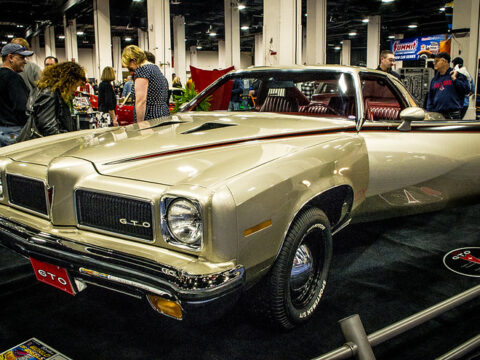Space shuttle launches have always captured the imagination, but many aspects of these complex missions are often misunderstood. From how the shuttle actually reaches space to the safety measures involved, there are plenty of misconceptions surrounding these incredible feats of engineering. We’ll clear up 16 of the most common misunderstandings about space shuttle launches.
Contents
Space Shuttles Take Off Like Airplanes
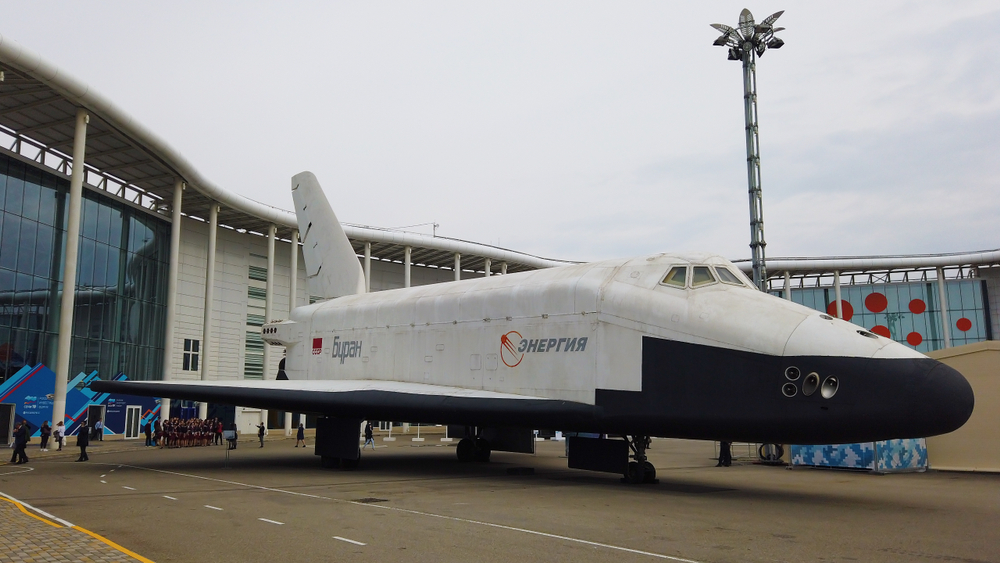
A widespread misconception is that space shuttles take off horizontally like airplanes. In reality, they launch vertically with the help of powerful rockets, not wings. Airplanes depend on air pressure for lift, which isn’t possible in space. To break free from Earth’s gravity, the shuttle requires the thrust of its rocket engines. This vertical launch method is essential for achieving the speed needed to reach orbit.
The Shuttle Can Be Reused Indefinitely
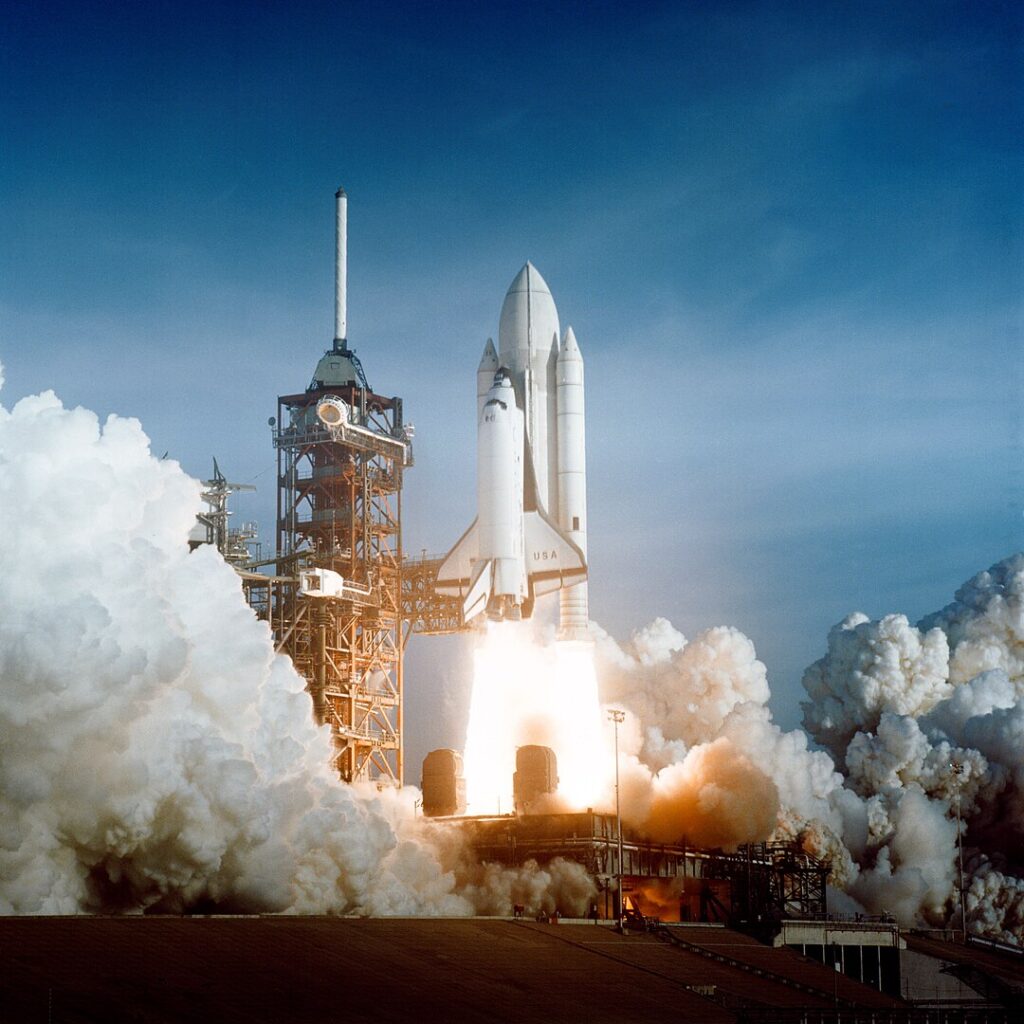
Many believe space shuttles could be reused without limitations. However, after each mission, the shuttle required extensive maintenance and refurbishment. The harsh conditions of space and re-entry caused significant wear, making parts frequently in need of repair or replacement. On average, shuttles could only handle a limited number of flights before being retired. This reality limited their longevity despite initial hopes for indefinite reuse.
Space Shuttles Operate Autonomously

It’s often assumed that space shuttles operate fully autonomously, like modern spacecraft. While automated systems were present, the shuttle required a human crew to manage several critical functions. Astronauts controlled trajectory, docking procedures, and cargo bay operations, ensuring successful missions. Full autonomy was not possible, especially during the early days of shuttle missions, as human oversight remained essential.
Astronauts Feel Zero Gravity Immediately After Launch
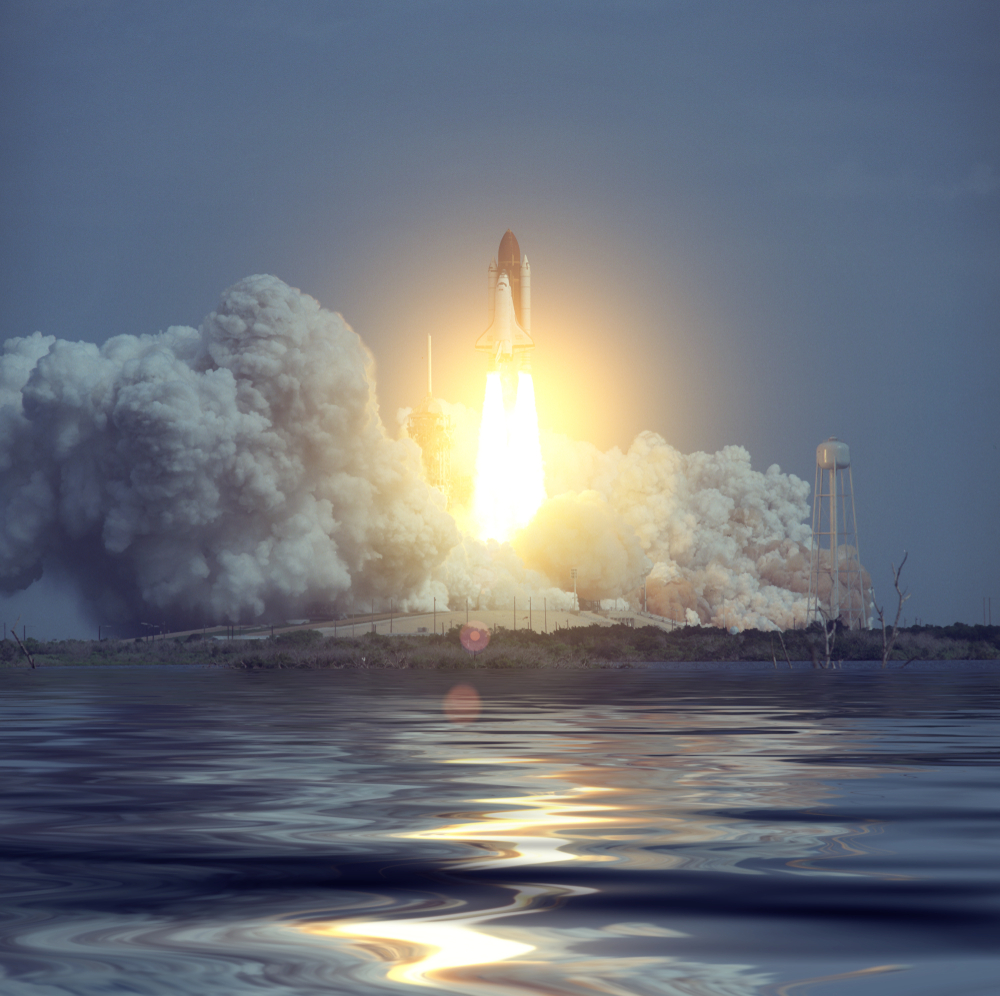
A common misunderstanding is that astronauts feel weightlessness as soon as the shuttle leaves the ground. In fact, they experience increasing g-forces during the shuttle’s ascent as it accelerates into space. Only when the shuttle reaches orbit do astronauts begin to feel weightless, floating in microgravity. The transition from high gravity to weightlessness happens gradually as the shuttle completes its journey into space.
The Shuttle Goes Straight Up Into Space
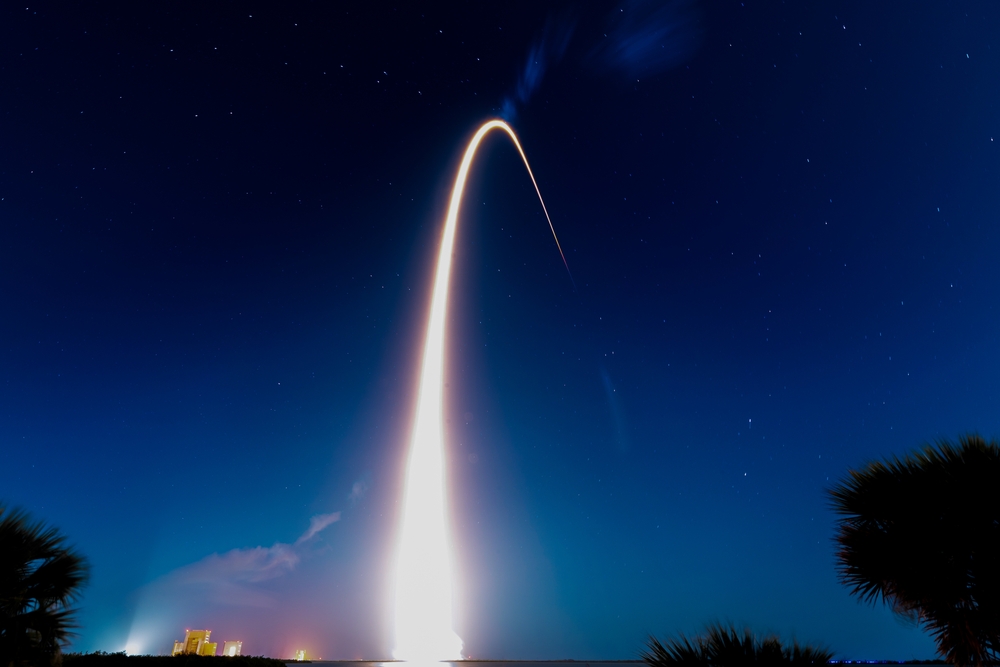
Another myth is that the shuttle flies straight up into space. After launching, the shuttle’s path curves as it climbs, gradually flying nearly parallel to the Earth’s surface. This trajectory allows the shuttle to gain horizontal velocity, which is crucial for achieving orbit. A direct vertical ascent would leave the shuttle without the necessary speed to remain in orbit, causing it to fall back to Earth.
Solid Rocket Boosters Provide All the Power

Some assume that the solid rocket boosters (SRBs) provide all the power for the shuttle’s ascent. However, the SRBs are only used for the first two minutes of flight. Afterward, they detach and fall back to Earth, while the shuttle’s main engines, fueled by the external tank, continue the journey to space. These engines play a critical role in reaching orbit once the boosters are jettisoned.
The External Fuel Tank Is Reusable

A popular misconception is that the external fuel tank is reusable like the solid rocket boosters. In reality, the external tank is discarded after each mission. It burns up in Earth’s atmosphere upon re-entry, and unlike the boosters, it is not recovered. This was a deliberate design choice to reduce weight and ensure a successful mission to orbit.
Astronauts Can Leave the Shuttle Whenever They Want
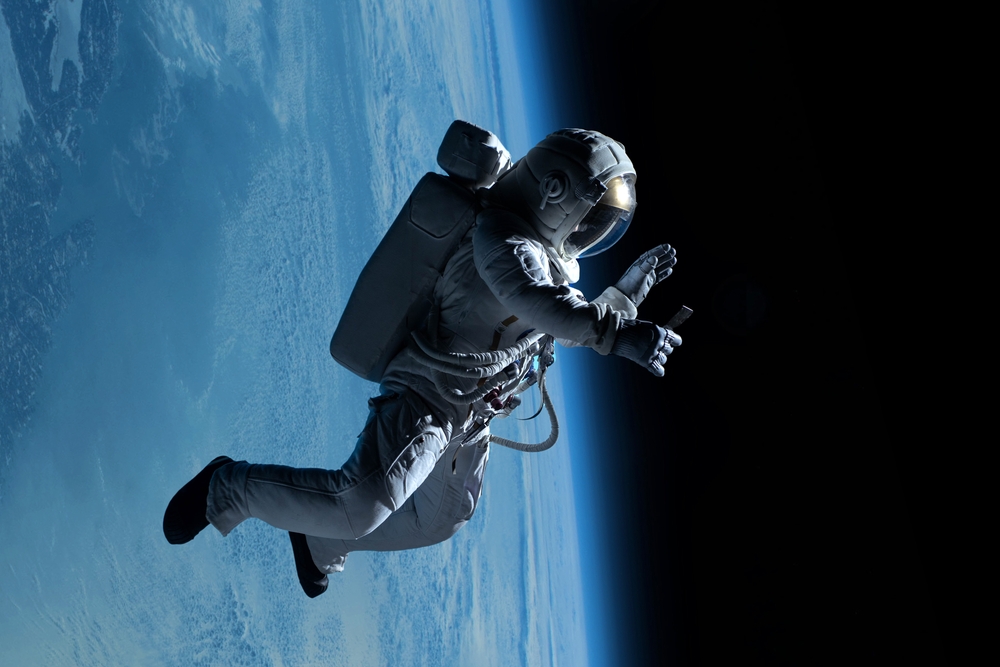
Many believe that astronauts can exit the shuttle for spacewalks at any time. In fact, leaving the shuttle requires careful planning and preparation. Spacewalks, or extravehicular activities (EVAs), involve wearing specialized suits to protect against the vacuum of space. Without proper equipment, astronauts would be exposed to deadly conditions, such as extreme temperatures and lack of pressure.
The Space Shuttle Travels Directly to the Moon
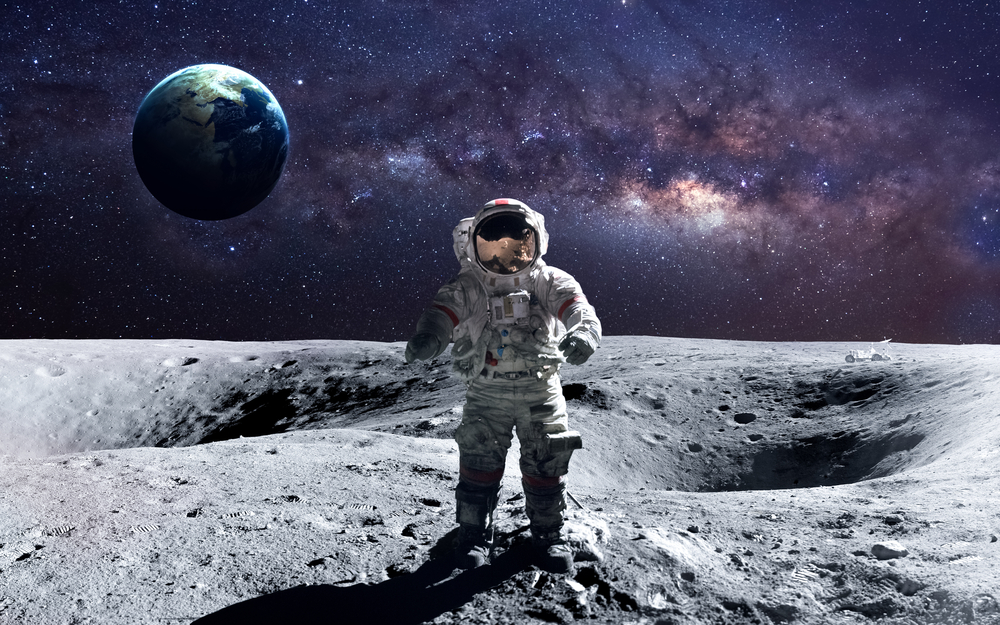
A common misunderstanding is that space shuttles were designed to fly directly to the Moon. The shuttle was built for low Earth orbit missions, not for deep space exploration. To travel to the Moon requires a different spacecraft, like the Apollo missions used. The shuttle’s capabilities were focused on tasks such as satellite deployment and space station assembly.
The Shuttle’s Heat Shield is Invulnerable
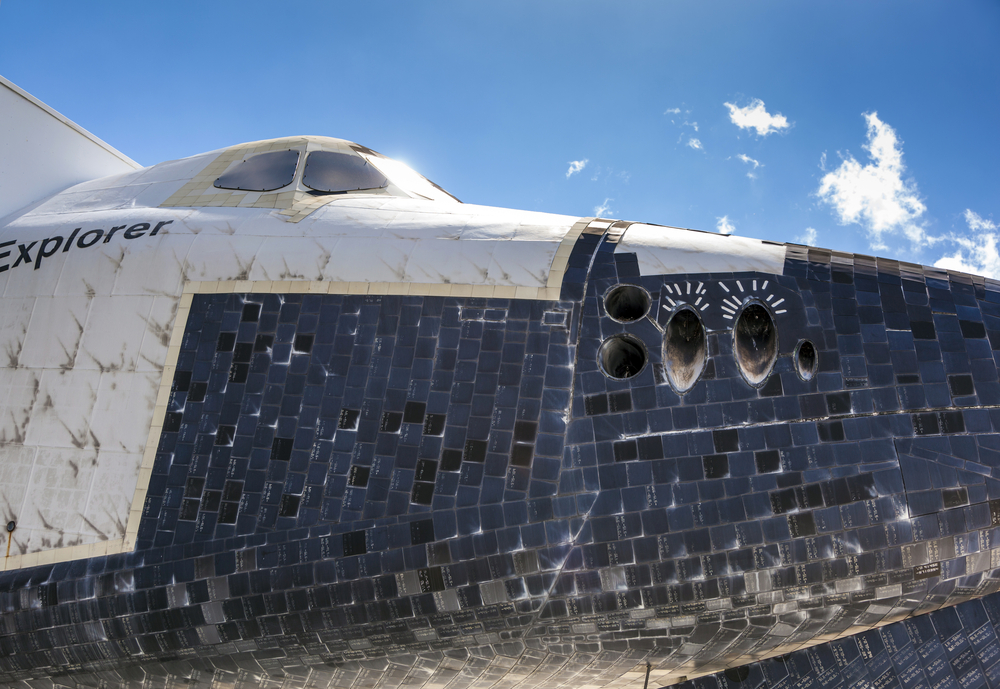
Many think the space shuttle’s heat shield is invincible during re-entry. In truth, while the heat shield is a critical protective layer, it is highly vulnerable to damage. Even small pieces of debris can chip or crack the heat-resistant tiles, which can lead to catastrophic failure. The Columbia disaster tragically illustrated how vulnerable the heat shield can be when damaged.
Launch Delays Are Mostly Due to Weather
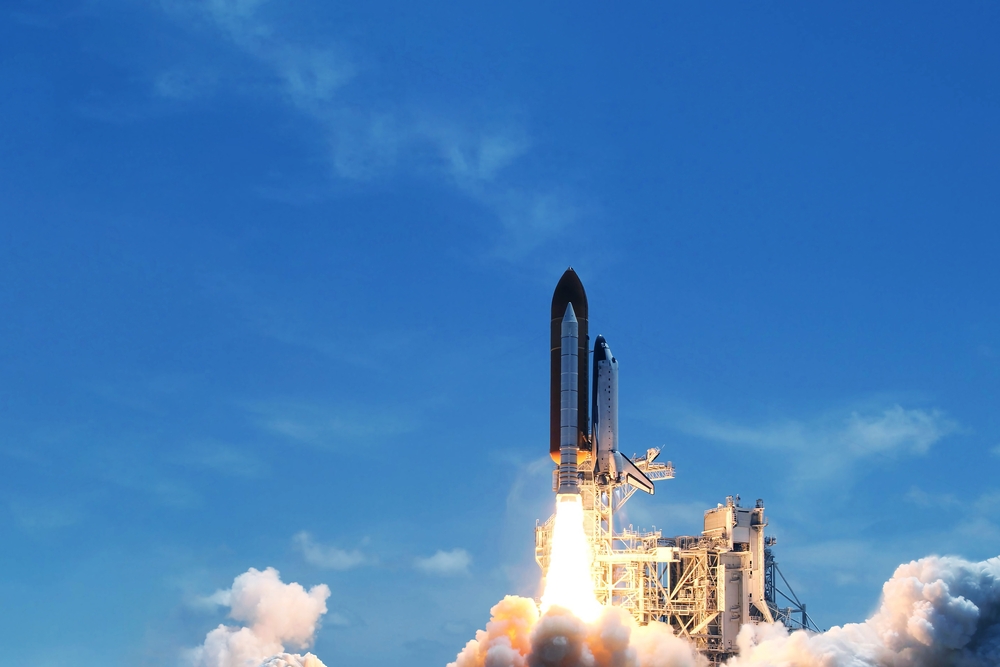
While it’s true that bad weather can cause launch delays, most delays are due to technical issues. The shuttle’s complexity meant that even minor malfunctions could postpone a mission. Ensuring all systems were in perfect working order was crucial for crew safety. As a result, technical problems were more likely to delay launches than weather-related concerns.
A Shuttle Launch Can Be Easily Scrubbed and Rescheduled
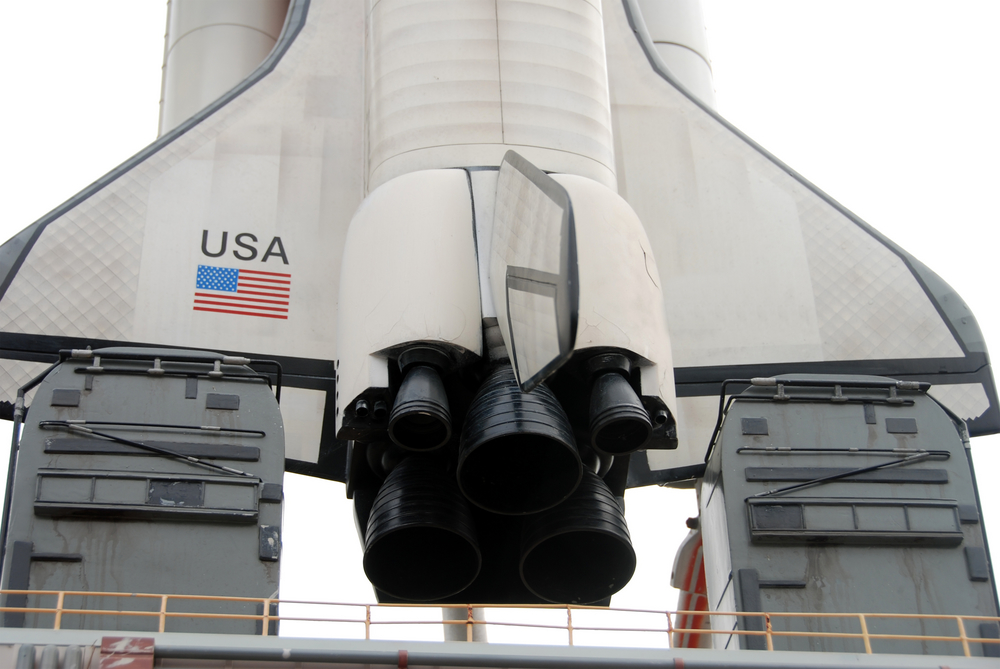
Many assume that rescheduling a scrubbed shuttle launch is quick and easy. However, a scrubbed launch requires extensive preparations before a new date can be set. Engineers need to inspect the shuttle, recalibrate systems, and sometimes even wait for specific orbital windows. Launching a shuttle involves numerous factors, all of which must align perfectly before another attempt.
Astronauts Experience Sound in Space
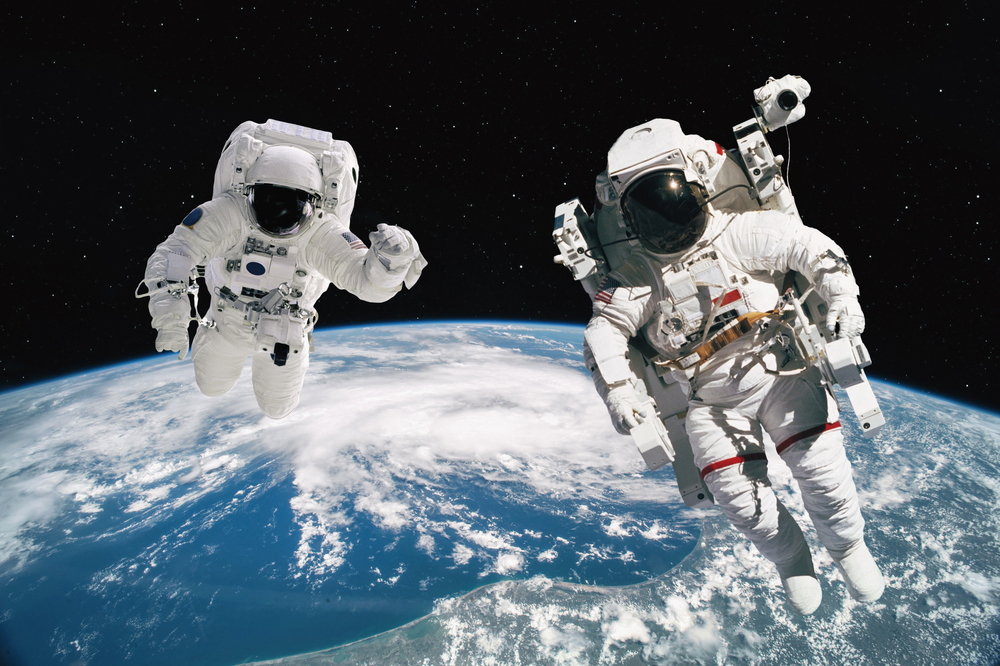
There is a misconception that astronauts can hear sounds in space. Because space is a vacuum, sound waves cannot travel. Inside the shuttle, astronauts can hear through vibrations transmitted through their suits or instruments, but space itself is silent. Communication between astronauts occurs via radio waves, not sound, because radio waves can travel through the vacuum.
The Shuttle Is Safer Than Rockets

Some believe that space shuttles were safer than traditional rockets due to their reusable nature. In fact, the shuttle had several inherent risks due to its complexity. With more systems and components to manage, the chance of failure was higher. Tragically, both the Challenger and Columbia disasters highlighted the dangers of shuttle missions, demonstrating that space travel always carries significant risk.
The Shuttle Program Was Cost-Effective
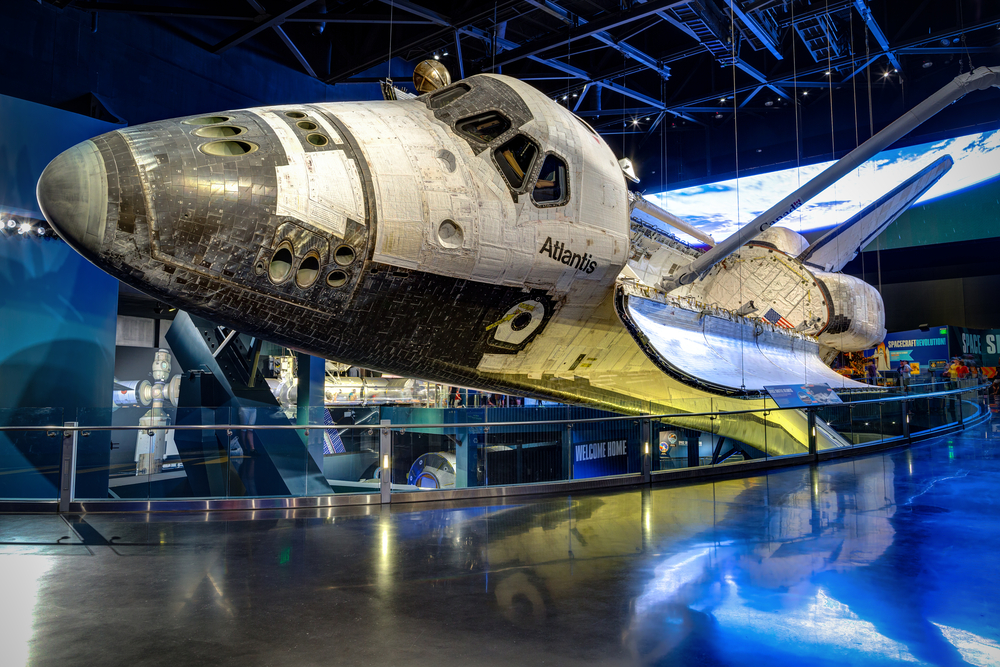
There’s a belief that the shuttle program provided a cost-effective means of space travel. While reusable, the costs of refurbishing and launching the shuttle were higher than anticipated. Each mission involved extensive repairs and maintenance, driving up costs. Over time, this made the program more expensive than simpler, expendable rocket missions.
Shuttle Launches Are Loudest at Liftoff
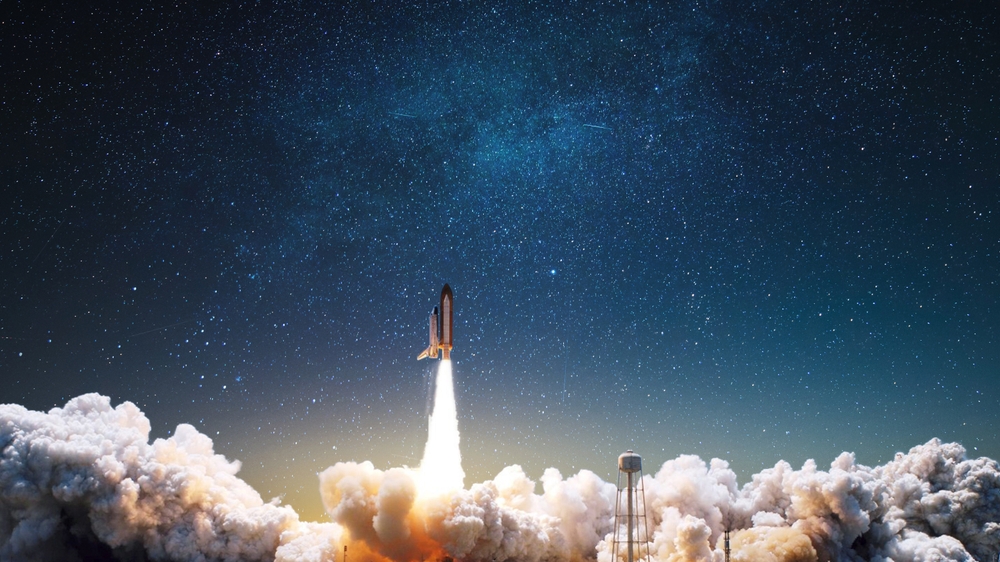
Another misunderstanding is that shuttle launches are loudest during liftoff. Interestingly, the noise actually peaks as the shuttle climbs through the lower atmosphere. The combination of engine thrust and atmospheric pressure creates intense sound waves, which become louder as the shuttle ascends. The noise diminishes once the shuttle reaches the upper atmosphere, where the air is thinner.
This article originally appeared in MyCarMakesNoise.
More from MyCarMakesNoise
20 Reliable Vehicles Designed to Go Over 250,000 Miles
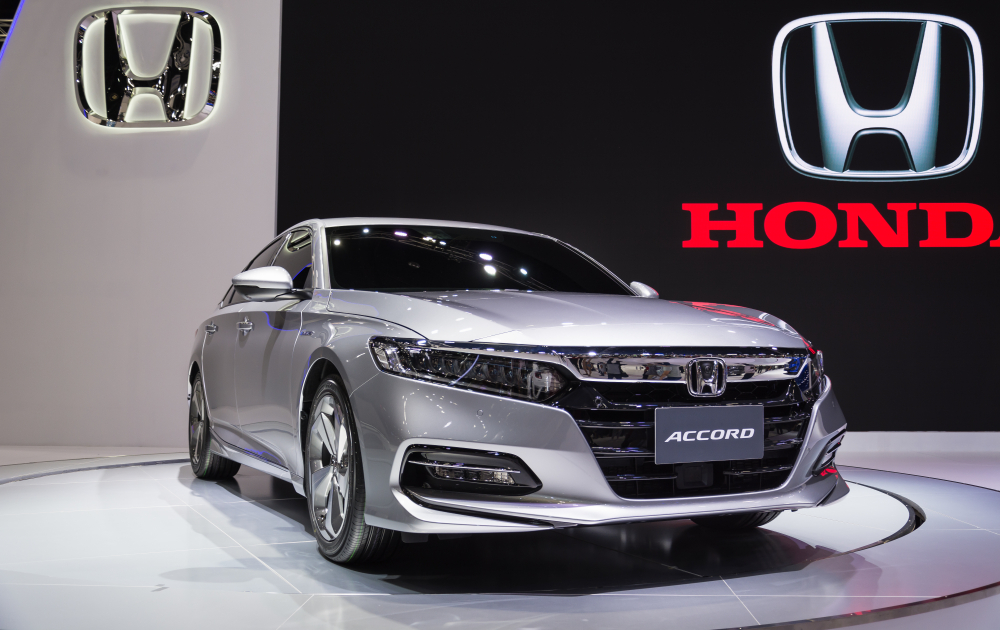
When it comes to choosing a car, reliability and longevity are key. Some vehicles are built to last, running smoothly for over 250,000 miles with proper maintenance. Read More.
20 Quirky Classic Roadsters That Define Cool

Classic roadsters are celebrated for their open-top design and driving excitement, but some stand out for their unique and funky characteristics. These roadsters combine vintage charm with distinctive styling that sets them apart. Read More.
20 Must-Have Upgrades for Superior Off-Road Performance
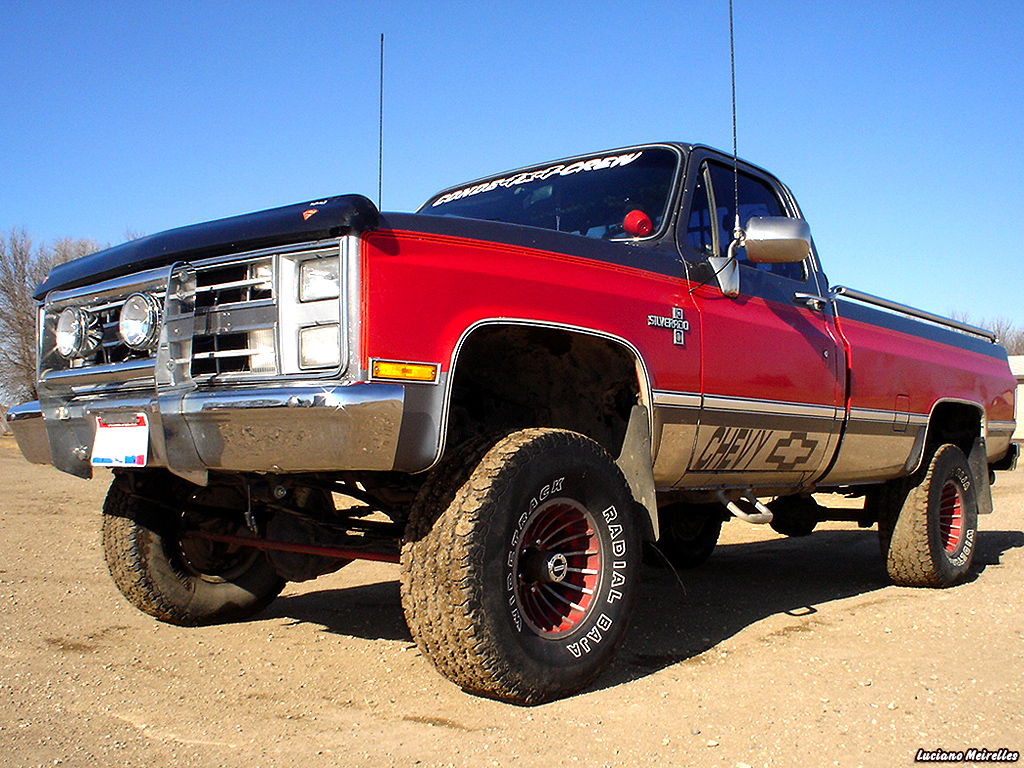
When you’re serious about off-roading, the right upgrades can make all the difference. From boosting traction to improving durability, these enhancements are essential for tackling tough terrain with confidence. Read More.


